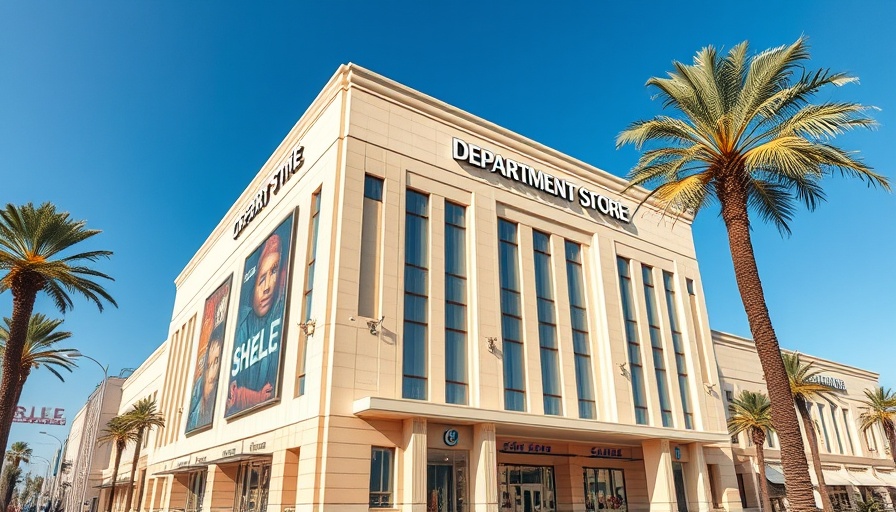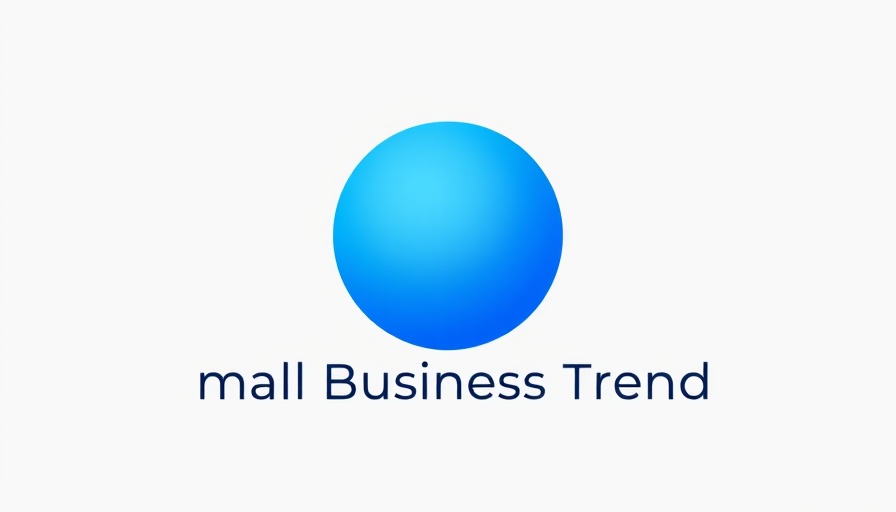
Understanding Tariffs: A Threat to Retail Financing
As tariffs loom large over the retail landscape, they are not just a concern for businesses but also for the lenders who support them. Recent reports have highlighted how companies like Saks Global Enterprises are navigating these turbulent waters. With lender confidence shaking—evidenced by a massive 40% drop in the value of Saks' notes due in 2029—the stakes are significantly high. This scenario poses a unique challenge for retail creditors, who must tread carefully when assessing the value of client inventories and loan potentials.
Tariffs: Small Businesses at the Brink
While larger retailers have the resources to manage these added costs, small to medium-sized businesses (SMBs) find themselves in a precarious position. Tariffs aren't merely financial adjustments on a spreadsheet; for many SMB owners, they threaten the very survival of their enterprises. With prices soaring at the fastest rate in over a year—especially in manufactured goods—these businesses are urgently seeking strategies to mitigate or sidestep these costs. SMBs represent a staggering one-third of total U.S. imports and, paradoxically, are among the most vulnerable to these financial pressures.
Innovation Amidst Adversity: The Role of Technology
In the face of tariff-induced challenges, embracing technology emerges as a beacon of hope for both large retailers and SMBs. From optimizing supply chains to leveraging fintech solutions, innovative tech can offer retailers a cutting edge in negotiating better terms with suppliers or managing their borrowing bases. Exploring these leading-edge solutions not only provides stability but also fosters resilience in an ever-fluctuating market. Businesses need to evaluate the growing trends in fintech and understand how they can harness digital tools to create trust among their creditors, ensuring that the financial landscape remains as supportive as possible.
A Call for Vigilance: Future Predictions
The current economic climate signals that tariffs are an enduring reality. Moving forward, it is crucial for business owners to engage in proactive dialogue with their lenders about the ramifications of these tariffs. Understanding how tariffs can impact operational costs will be essential in fostering transparent relationships with creditors. Strategic planning and a careful appraisal of financial assumptions could make or break a company when financing meets operational reality. It’s a tightrope walk between mitigating risk and seizing opportunity, and business leaders must be equipped with the knowledge to navigate these changes.
Alongside that, as digital currency and fintech trends continue to solidify their place in the economy, it is vital for businesses to remain informed. Keeping abreast of these advancements can provide fresh insights into cash flow management, investment opportunities, and operational efficiency.
Conclusion: Taking Action to Stay Resilient
As tariffs continue to trigger shifts in retail operations and lender confidence, business owners must prioritize staying informed and proactive. Explore technological innovations, strengthen relationships with financial partners, and strategize ways to cushion your business against these economic pressures. Equip yourself with the right tools and insights that can shape your operational infrastructure for success in this evolving landscape—because understanding and adapting to these trends can pave the way for a more resilient future.
 Add Row
Add Row  Add
Add 



Write A Comment